The Krav-Club
"There is no rule in the streets."
In everyday life or in self defense, the sooner you treat a problem, the less you risk. This is the first of 5 must-do to survive an attack. In Krav-Maga or in accidentology, this notion is illustrated by the concept of timeline. This is the chronological sequence of a past or hypothetical attack and what can be done at each step.

The timeline above is of course only an example of what can happen. It would be completely different if we went knowingly in a "fearful" corner and we could start reacting only after being thrown to the ground. This particular timeline shows when and how it is possible to act, to illustrate the article I will take two examples: a broken windshield and a choke.
1 Prevent: it's better not to be in a dangerous situation
 A little common sense and caution can greatly limit the chances of finding yourself in a risky situation. Places that facilitate ambushes such as underpasses, which are not frequented at night, bad-smug zones and groups of young men with alcohol are more frequent.
A little common sense and caution can greatly limit the chances of finding yourself in a risky situation. Places that facilitate ambushes such as underpasses, which are not frequented at night, bad-smug zones and groups of young men with alcohol are more frequent.
Avoid going by the usual route because there is work with many construction trucks.
At night, make a detour to avoid this underpass.
2 Anticipate: it is better to see the danger from a distance and avoid it
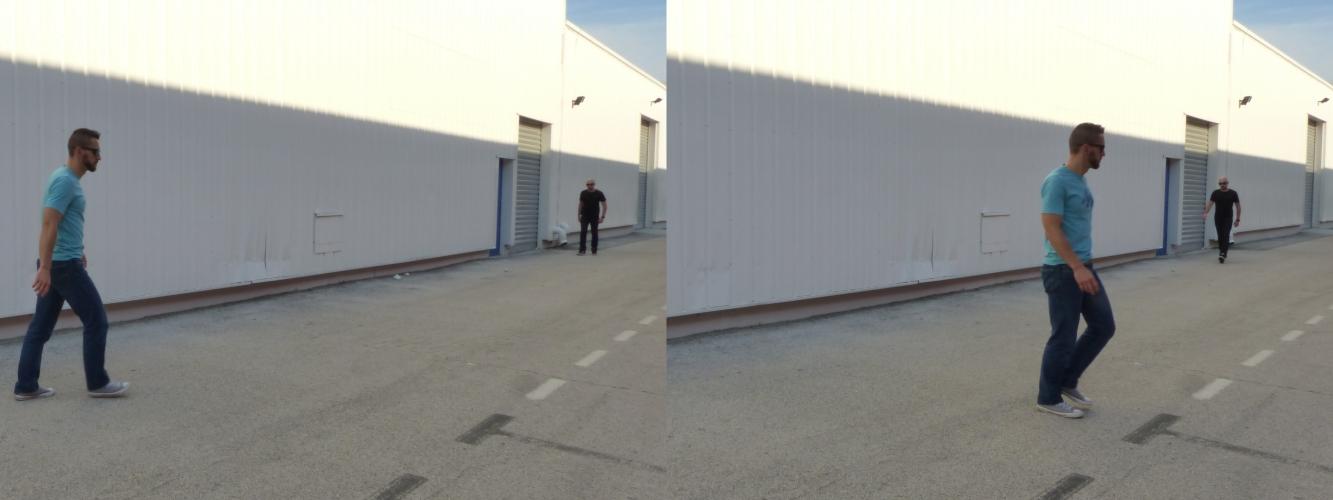 Despite good prevention or due to external constraints, it was not possible to avoid the dangerous situation. You must be able to anticipate a possible problem to avoid it. As discussed in the article on abilities that can save you, listening to your instinct often does not cost much, so if you do not feel it, do not do it !
Despite good prevention or due to external constraints, it was not possible to avoid the dangerous situation. You must be able to anticipate a possible problem to avoid it. As discussed in the article on abilities that can save you, listening to your instinct often does not cost much, so if you do not feel it, do not do it !
Keep a very important safety distance behind construction trucks.
Change sidewalk before crossing this guy who has a weird behavior.
3 Flight : if you could not avoid the danger, you must run away as quickly as possible
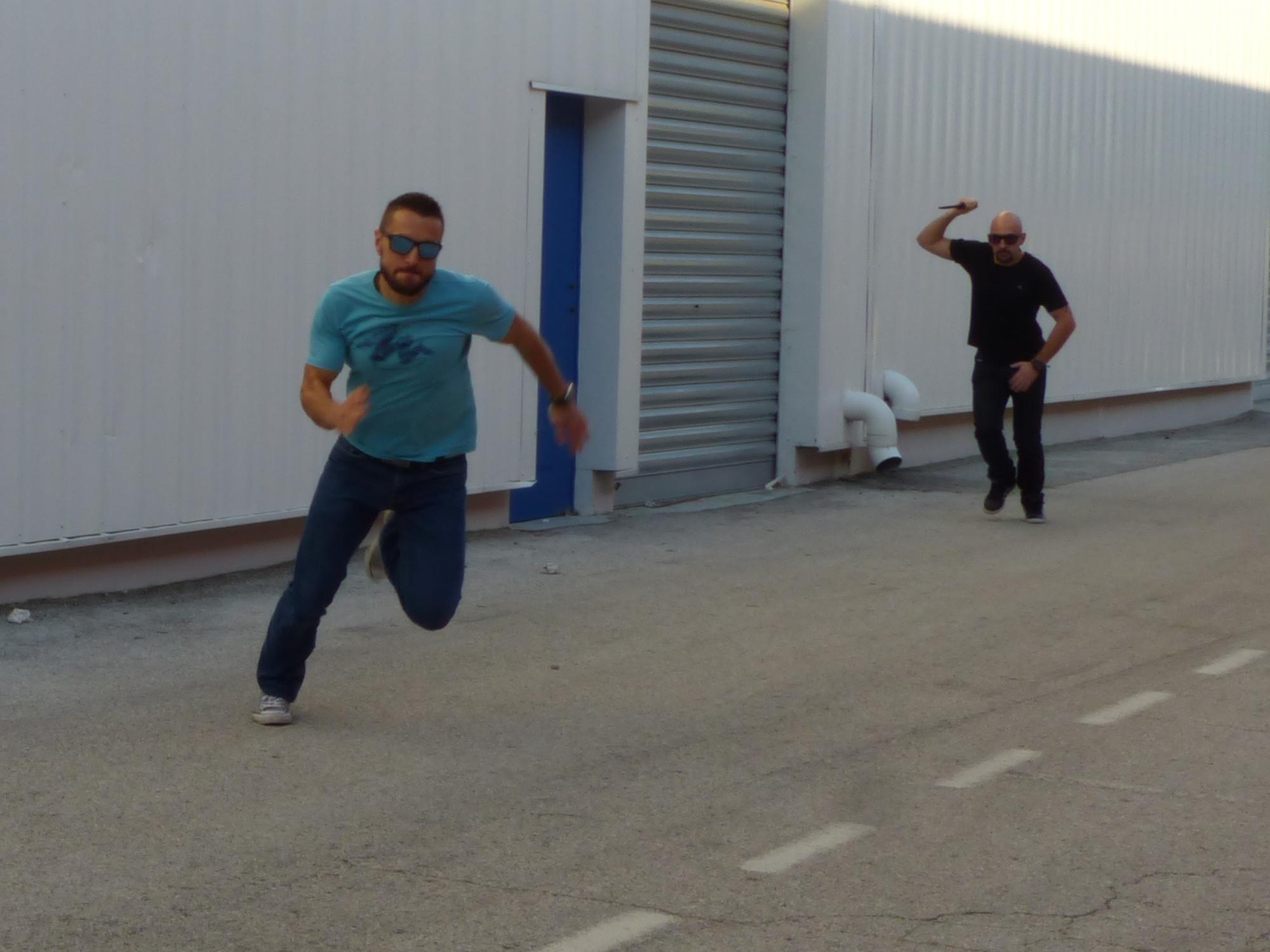 If anticipation has failed, then you must consider fleeing. If possible without being noticed, but it is not a priority. The most important thing is not to be there when a problem will happen! You have to run as fast as you can without wasting too much time watching what's going on behind it, that's what's called nike-jitsu ;)
If anticipation has failed, then you must consider fleeing. If possible without being noticed, but it is not a priority. The most important thing is not to be there when a problem will happen! You have to run as fast as you can without wasting too much time watching what's going on behind it, that's what's called nike-jitsu ;)
The truck ahead lets out more and more pebbles and they are bigger and bigger. It is better to consider taking a secondary route.
The thug followed you when you changed direction and he's still following you. You take a sprint to the small neighborhood shopping center that is filled with people to lose your pursuer.
4 Negotiate: if you could not escape you must try to negotiate
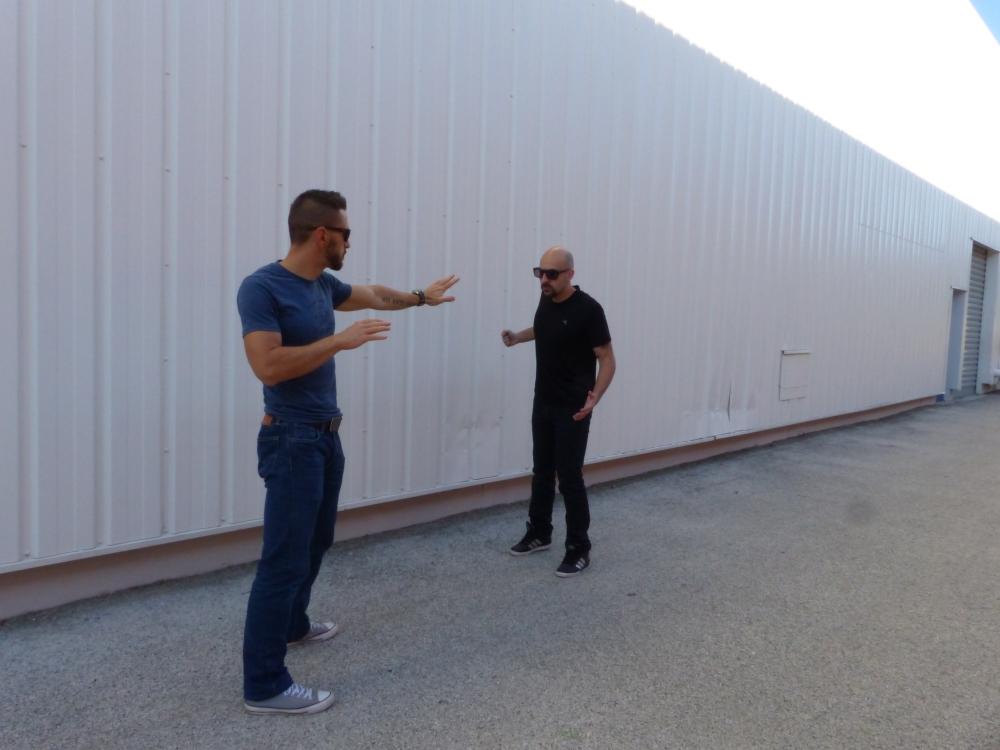 If it is not possible to flee, for example because you are with your children or can not run, then you must try to resolve the conflict orally. This may include intimidating, calming or agreeing to provide what is requested. In any case keep a safe distance and put yourself in a position that allows you to react without appearing too aggressive.
If it is not possible to flee, for example because you are with your children or can not run, then you must try to resolve the conflict orally. This may include intimidating, calming or agreeing to provide what is requested. In any case keep a safe distance and put yourself in a position that allows you to react without appearing too aggressive.
At a traffic light, ask the truck to put on its tarpaulin to prevent the rubble from coming out of the bucket.
The thug asks you for a cigarette, you refuse and he asks for your jacket instead. You stay firm and keep a distance of five feet with him.
5 Fight: otherwise you have to fight
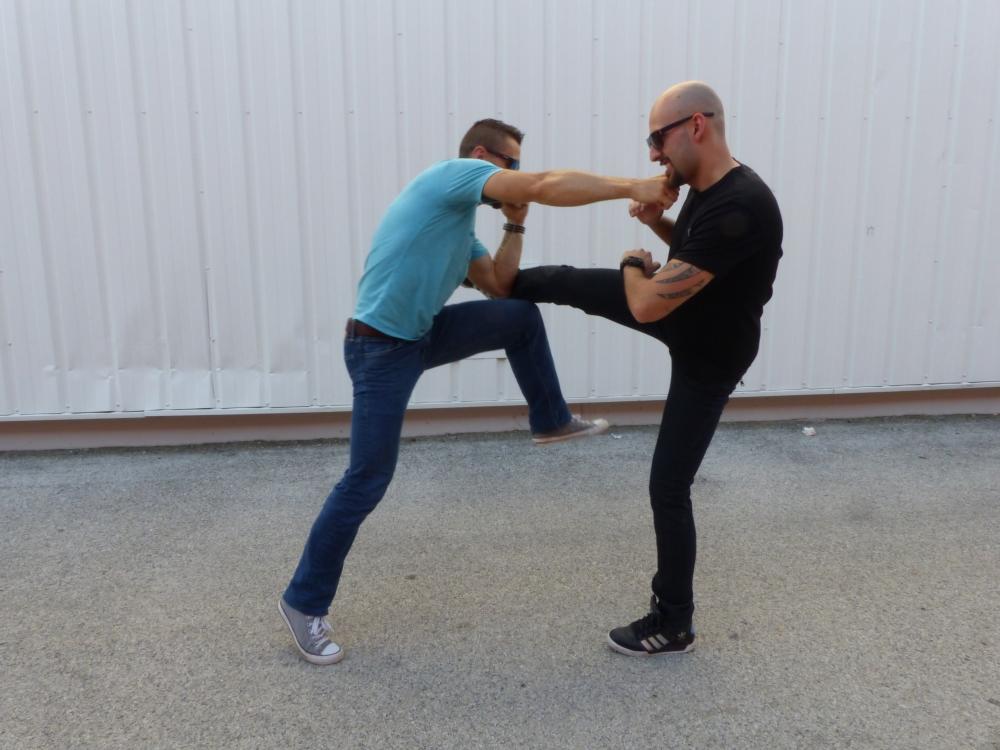 If speaking failed, then you have to fight! The goal is not to win, but to survive with the people you care.
If speaking failed, then you have to fight! The goal is not to win, but to survive with the people you care.
A stone as big as a football falls on the road and you have to make an emergency avoidance.
The abuser is fed up and decide he is going to help himself, he throws himself on you to strangle you and you have to fight back.
It's not a fight with rules, you have to beat him using all your determination, aggression and cunning. Be careful to respect the law (see [dedicated article] (../right-of-self-defense?target=_blank)). Here too, we have to react as quickly as possible, if a thick crude is driving us to strangle us, we must not wait to be asphyxiated. For this example here is a panel adapted defense reactions, classified by anticipation decreases
- A defensive kick at mininal distance of 2 meters
- a hand and body defense if you are a little more surprised
- a pluck release just before being actually choked
- The basic technique that your instructor taught you
According to the situation, they will be followed, even accompanied simultaneously, by a counter-attack.
6 Exit: run away or stand in guard
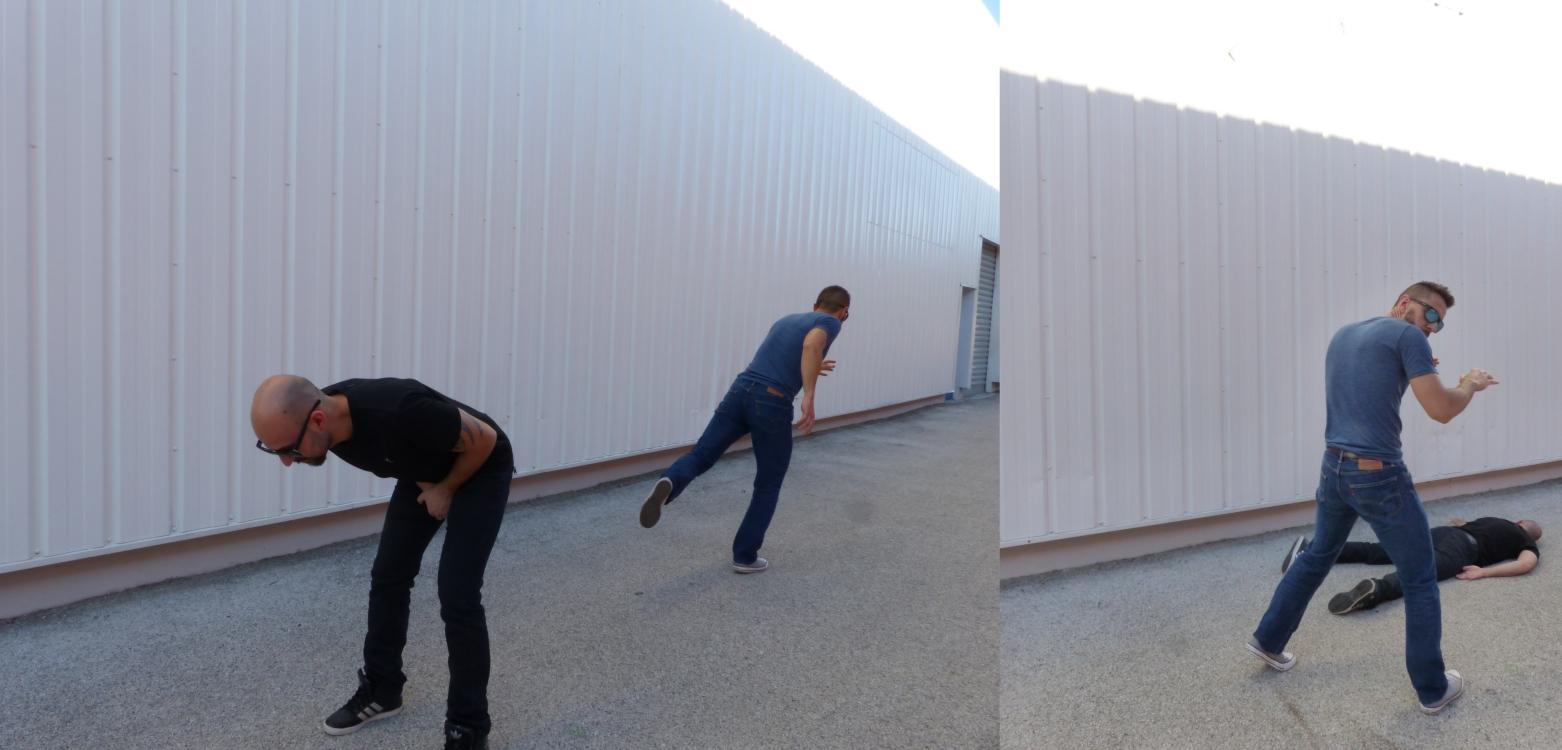 It is not finished yet! The danger can always be present or an other one can arise.
It is not finished yet! The danger can always be present or an other one can arise.
You verify that there is no more danger, that everybody is fine and you call the police to indicate the incident.
The safest option theoretically is the flight, because the aggressor can quickly recover, his friends come to the rescue him. Some times even a simple witness who believe to help an innocent wil target you.
Unfortunately the flight is not always an option: your mobility or that of a person with you will be insufficient, you will be in a closed space etc.... It will then be necessary to take some distance to check that there are no other dangers.
Once safe from danger, you will have to check for possible wounds. If needed call the emergency medical service then give first-aid. Even if nobody is wooded you must theorically call the police, but the EMS do it for you. In some countries like France you should not forget the aggressors if they can't help themselves, because it would be "failing to provide assistance to a person in danger" which is a civil and criminal liability.
Conclusion
Each of these stages of the timeline will be detailed in articles to come:
- Prevent
- Anticipate
- Flight
- Negotiate
- Fight
- Exit
This article details one of the key points presented in 5 must-do to survive an attack. You will find other interesting informations there. You can leave a comment below to tell what you think about this article, the format or if you would wish that I develop a particular subject.
Take care.



